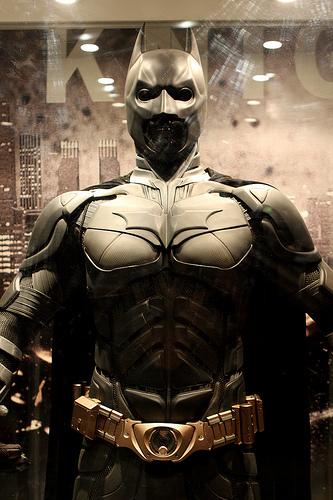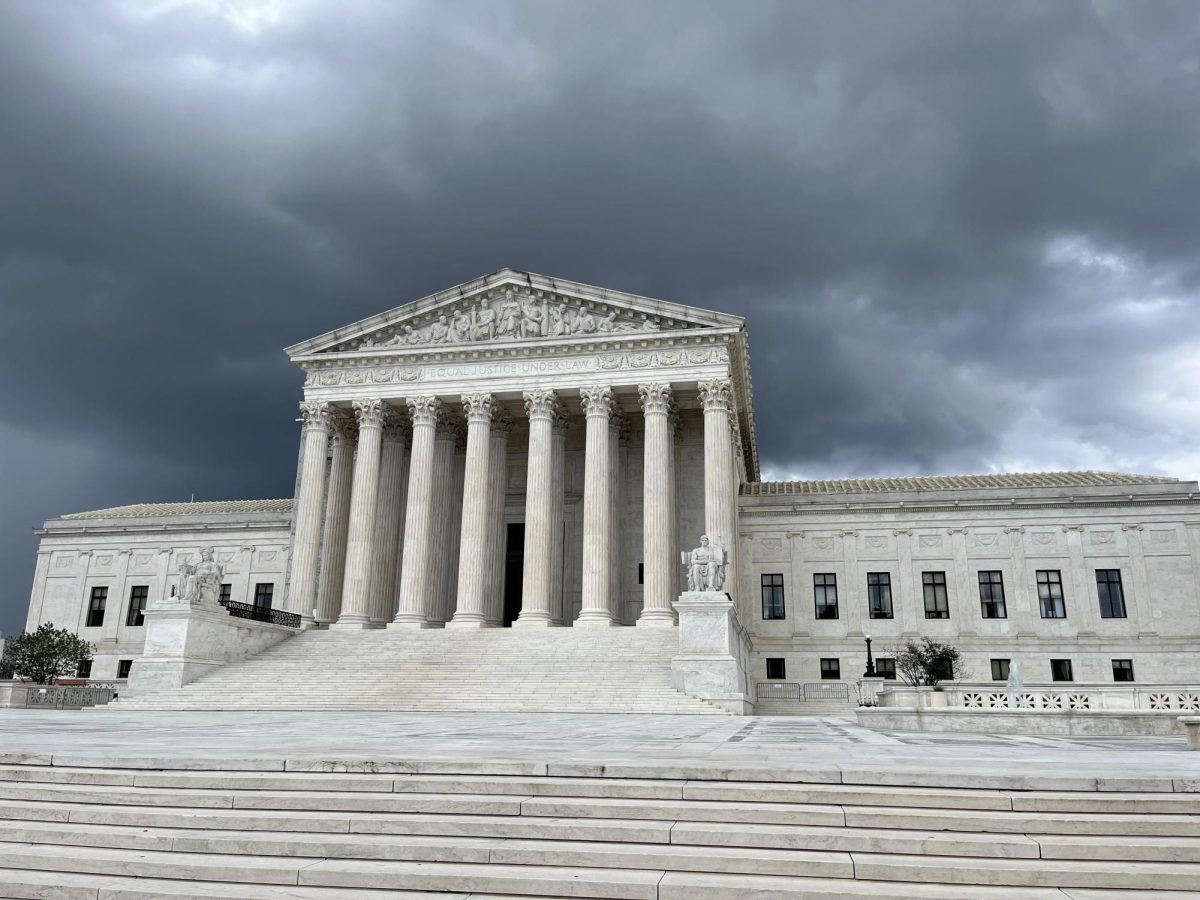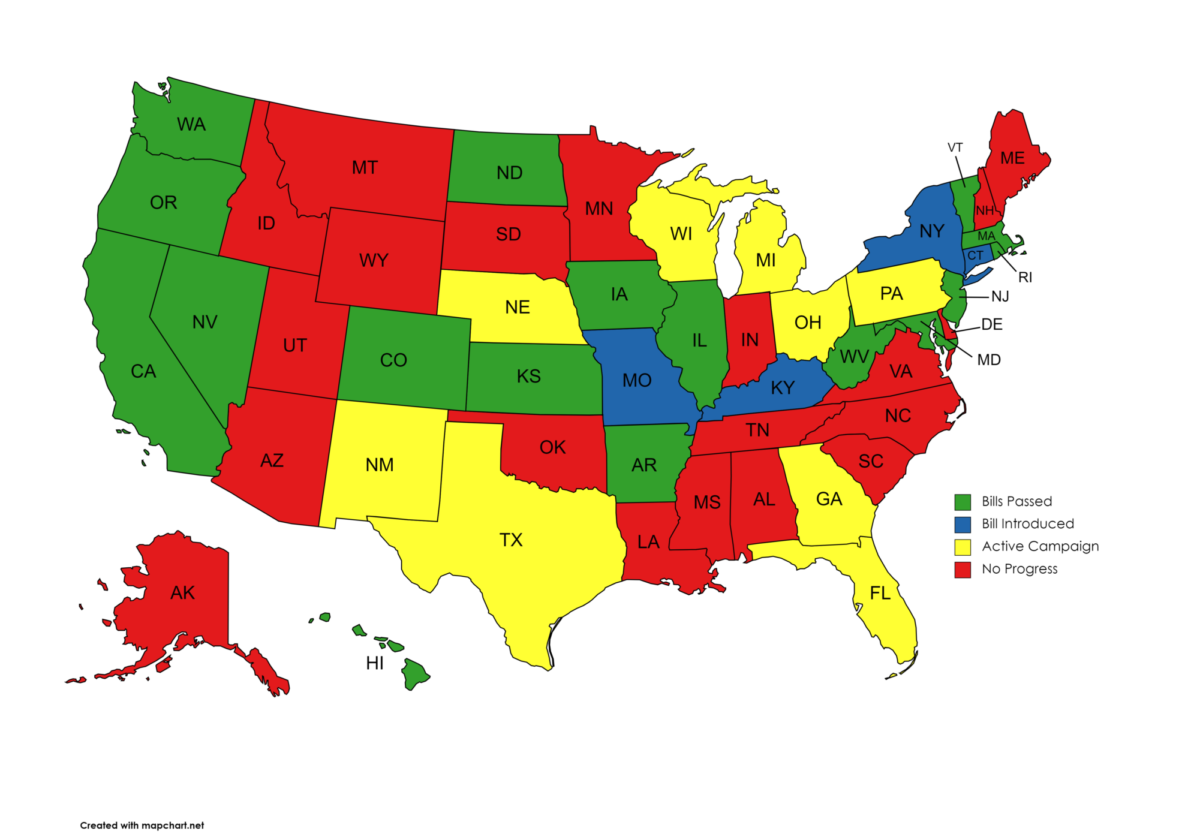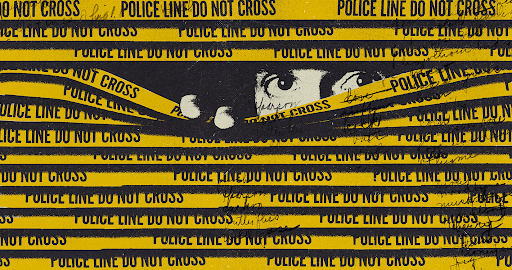
One of the most powerful things about humankind is our ability to share stories. As long as we’ve been around, we’ve passed down information through storytelling, and it’s been key to the preservation of our history and, indeed, to our survival as a species. As this tool of communication was refined and turned into an art form, a new invention came along: the protagonist. Stories began to have a hero who was the central focus of the story. In ancient Greek myths, these characters came to us in the form of Perseus, Odysseus, and Hercules, demigods or mortal men who fought off evil and had extraordinary skill and power. The hero archetype has been dear to us for our human history and continues to be relevant today. More recently, we’ve reinterpreted this trope in the form of the “superhero.” Everyone is familiar with the idea of an undefeatable hero; the creation of such characters speaks strongly of human nature and the desire to triumph over what we define as evil, and despite suffering a decline in the last few decades, the sudden surge in popularity for superheroes shows that they are once again here to stay.
Superheroes are extremely appealing because they support the idea that in the end, when all else fails and doom is upon us, an incredible individual will come to our salvation and conquer over evil. Moral lines are clearly drawn between the protagonist and the antagonistic supervillain and there’s often no grey area of right and wrong surrounding the struggle. Good overcomes evil every time, which is comforting in a world where the opposite is often true.
The prototypical superhero, often called the first, was Superman. An alien with a strong moral compass and perfect hair, he was created by Action Comics in 1938 in the middle of the Great Depression. His unbeatable strength was an icon for a failing country, and he was rallied around as a symbol of American pride. His wholesomeness and strength became the character model for all other heroes, and popularized the comic book. Superman was so successful that he inspired radio serials, comic strips, and later, films.
Another popular hero, Captain America, was introduced by Marvel in 1941, and was perhaps the most unsubtle piece of propaganda used in WWII. He often fought against the Axis Powers in his stories and represented the irrepressible patriotism of the American spirit. When things turned bad in the country, these clean cut heroes became iconic and were used to give the American people an escape from desperate times. The political undercurrents in comics only continued as time progressed and comic books grew in popularity, which was best demonstrated by the creation of the X-Men in 1963. The discrimination mutants faced in the comic directly paralleled the civil rights movement of the time. More broadly, X-Men highlighted the struggle of minorities in general, and continued to be applied toward equality movements as time progressed.
This political reflection would take a downward turn for comics in the 80’s, where the focus turned to social issues. A hallmark of the decade was cynicism, which is heavily reflected in the comics of the time. With growth in the economy, new technology, and a shifting public ideology, it seemed the superheroes of old had served their purpose and were doomed to fall in popularity. The most popular graphic novel from the time was ironically about the downfall of superheroes. Alan Moore’s Watchmen gave a hyper-violent, gritty look into a society that had a team of aging vigilantes that were no longer needed or deemed relevant to the masses. It reflected the public’s waning interest for perfect, superhuman champions – the cast in Watchmen are heavily flawed and dynamic. One of the most popular and iconic characters from the story was a heavily disturbed and guilt-ridden human who went by the name Rorschach. His highly cynical and punchy narration of the story spoke aptly of the public attitude at the time. Watchmen was popular and gained a cult following, but spoke poorly for the future of the superhero; and the next decade didn’t offer any support.
Around this time, the medium for superheroes changed from print to film. While print comics still appeased their small target audience, the larger population began to enjoy heroes through animated and live action media. The 90s and early 2000s were brimming with superhero movies that were majorly met with nasty reviews. Because of the bizarrely non-canonical Spiderman trilogy, the forgettable Captain America spin off, the campy Batman and Robin, and the poorly executed Incredible Hulk movies, the superhero was turning into a joke. In the past, heroes had been our symbols of strength, promises of more triumphant times, but it seemed like the era for superheroes was passing. Then, the unexpected happened–a comeback.
In 2005, Christopher Nolan launched Batman Begins, the first film in a dark trilogy mapping out the origin story of Bruce Wayne. The movie experienced success at the box office, but it took a recession in 2008 and the movie’s sequel, The Dark Knight, to really save the genre. The film’s release occurred just as the American economy nosedived and its overwhelmingly dark overtones played to the public psyche. The future was uncertain, and fear was an undercurrent running through the United States. The film was a reflection of that: the battles were more psychological than physical, and Nolan’s Batman, played by Christian Bale, was very human. Instead of being a typical beacon of goodness, he was a twisted anti-hero, moody and fallible and desperate to discover who he was. Subconsciously or not, the greater American population had chosen the symbol of their times, and despite his darkness, he was a hero.
Another atypical protagonist emerged that same year when Marvel released Iron Man. Tony Stark was snarky and seemingly carefree but harbored deep inadequacy issues and substance abuse problems. The opening of the film was almost real, showing Stark’s capture by terrorists and desperate escape from enemy lines. The film wasn’t a lighthearted display of heroism–it was another dark glimpse into a very troubled person, his reaction, and triumph over his struggles.
Another trait these heroes had in common was their lack of superhuman power. Besides being extraordinarily wealthy, Ironman and Batman were both very normal humans. They had no alien gifts, super strength, or x-ray vision; rather, their talents were mental. Through intelligence, perseverance, and necessity, they did the incredible. They were the reassurance the public needed, showing that in an unstable and dangerous world, ordinary people can stand up against evil. Obviously people were seeing something of themselves in the darkness of these films, and the reaction was incredible.
The success of these films inspired a resurgence of superhero films, many of which debuted in the last few months. Nolan took four years to plan the conclusion to his Batman trilogy, The Dark Knight Rises, which came out this past July. It passed The Dark Knight in net worth and became the highest grossing Batman movie ever. Marvel pushed a flood of new films, including Ironman 2, Thor, and Captain America, all revolving around title characters who appeared in their magnum opus, The Avengers, released May 2012. The Avengers was hailed by Mark Hughes of Forbes as “the best superhero film ever made” and Kofi Outlaw of Screenrant said it transcended the title of film, describing it as “a cinematic event.” The public agreed; the film scored one billion dollars in the global box office on its nineteenth day of release.
There’s no doubt about it: superheroes are back and more popular than ever. Today’s heroes are far from perfect, and that’s why we love them. The most celebrated characters are noted for their personal battles rather than their physical fights. These battles, and even failures, reflect our own flaws, and when they triumph, so do we. The content of our stories has always been a reflection of the human condition, and the current outpouring of darker heroes reflects our need for role models that struggle as much as we do. We live in a grim world, where the line between right and wrong can, at times, become difficult to distinguish. The heroes we’ve popularized navigate this difficult moral ground and take us with them on their journeys. While the decisions made by these current heroes do not always fall within the parameters of tradition, their choices resonate because they remind us of us. Superheroes have become a marker of our fears, our successes, and what we desire to become and the classics created in the last few years have shown that we’ve reclaimed superheroes, on our own terms.













